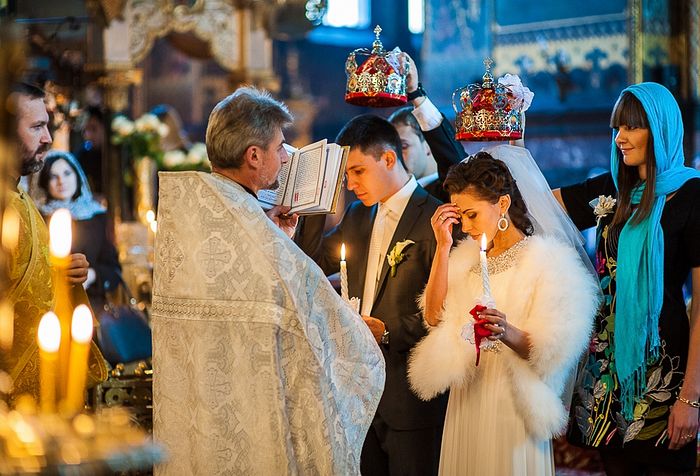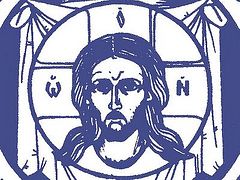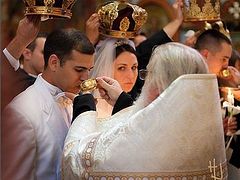Source: Eastern Christian Insights
July 31, 2017
[Introductory Note: The short paper below was my presentation at a recent symposium on contemporary pastoral issues in sexuality held in the Netherlands.]
The celebration of the Eucharist provides a necessary context for understanding the pastoral response of the Orthodox Church to contemporary challenges in marriage, family, and sexuality. As St. Nicholas Cabasilas commented on the Eucharist, “its aim is the sanctification of the faithful.”[1] Likewise, the aim of the union of husband and wife is their sanctification, their participation in the Wedding Feast of the Lamb. Even as the Church enters mystically into the eschatological reign in the celebration of the Divine Liturgy, the married couple become participants in the heavenly banquet through their common life in Christ. Through both Eucharist and marriage, human beings participate in the fulfillment of their ancient vocation to become like God in holiness.
Themes of offering, sacrifice, blessing, and communion are intrinsic dimensions of both sacraments. These holy mysteries also manifest the fulfillment of basic human desires and needs for life and love. Bread and wine become nourishment for eternal life, while conjugal union becomes an entrance into the heavenly bridal chamber. Due to the physical dimensions of each practice, communicants and spouses share as whole persons in the restoration of their humanity as they direct their hearts for fulfillment in God. Since the “one flesh” relationship between husband and wife serves as a sign of the relationship between Christ and the Church, their union is to become nothing less than an icon of the salvation of the world. (Eph. 5: 31-32)
After describing how the “one flesh” union of marriage includes husband, wife, and child, St. John Chrysostom notes that “Our relationship to Christ is the same; we become one flesh with Him through communion…”[2] St. Nicholas Cabasilas also affirmed that, through the Eucharist and the other holy mysteries, “Christ comes into us and dwells in us, He is united to us and grows into one with us” such that we “become one flesh with Him.”[3] These points of commonality reflect how the conjugal union of the couple is taken up into their communion with Christ in the Eucharist. This is how their “one flesh” union with one another becomes an entrance into the messianic banquet, for they are also “one flesh” with the Bridegroom. Hence, their embodied common life is to become a radiant sign of the fulfillment of the relationship between man and woman, for they wear together the crowns of the heavenly kingdom as they orient themselves together toward Paradise. The Church does not view this marital path as an extraordinary calling for a few exceptionally pious people, but as God’s intention for married couples in fulfillment of the ancient vocation to become like God in holiness.
...Read the rest at Eastern Christian Insights.




